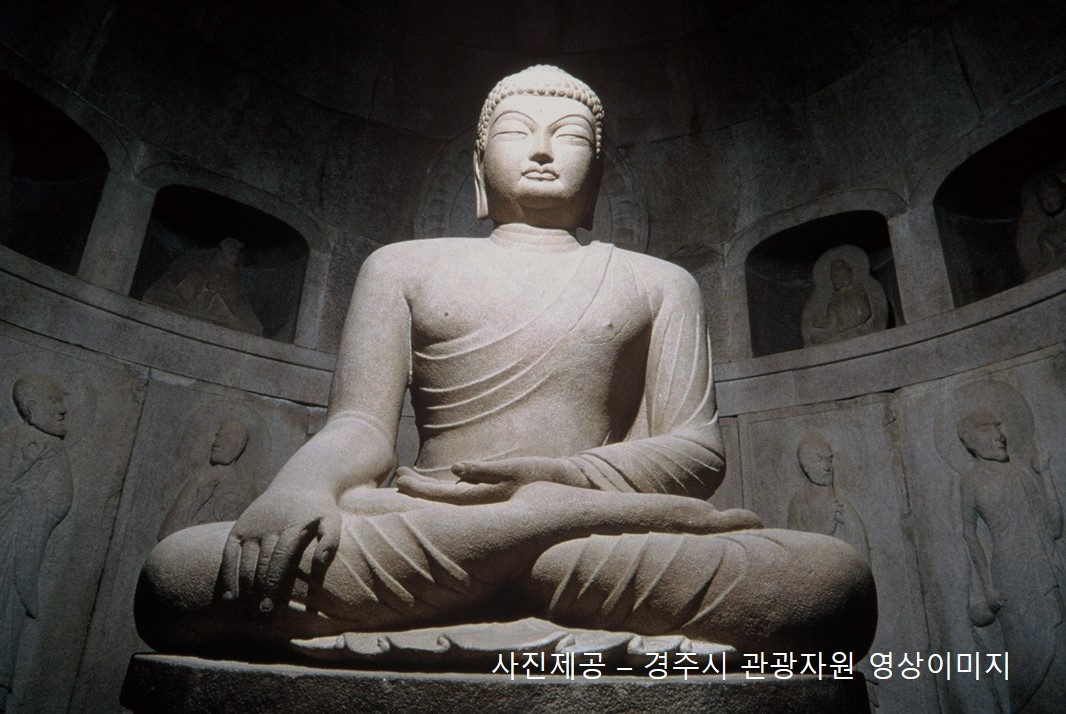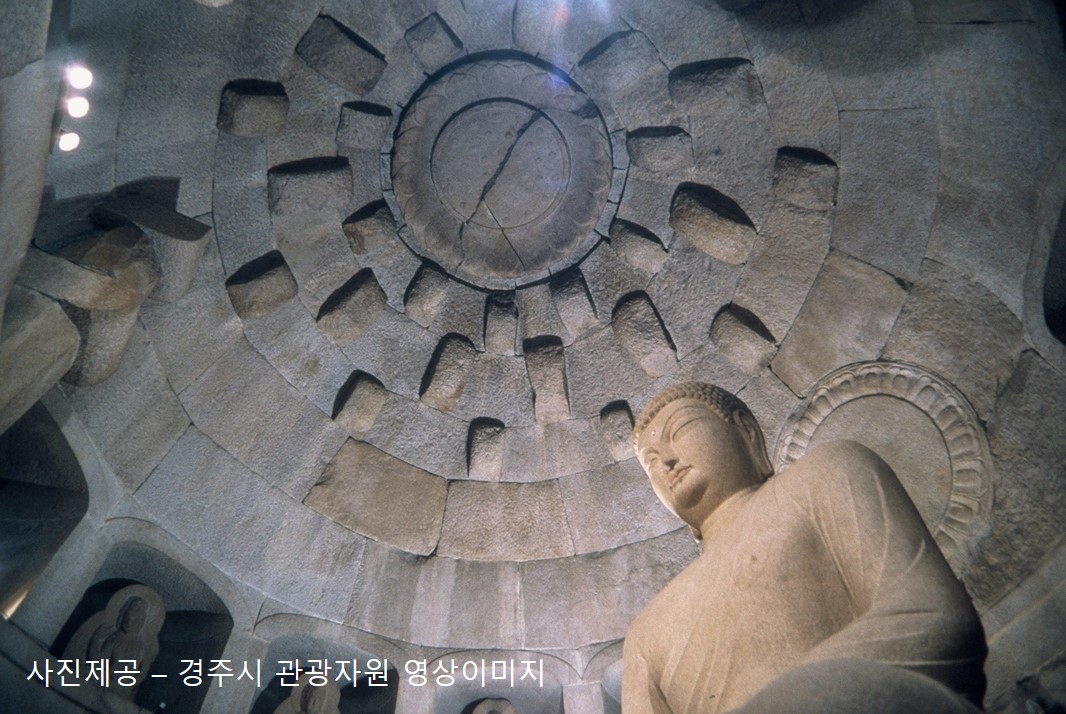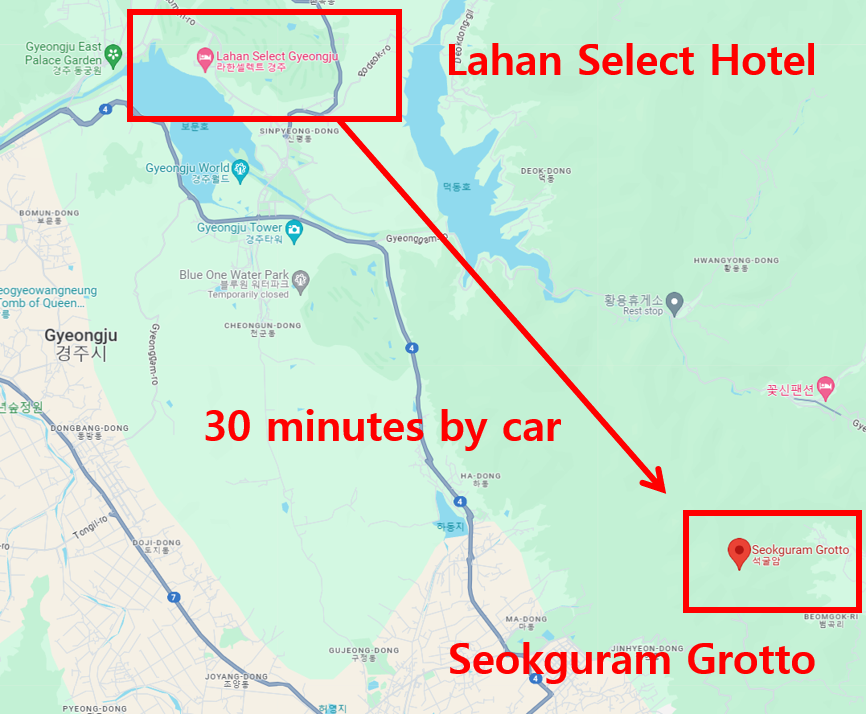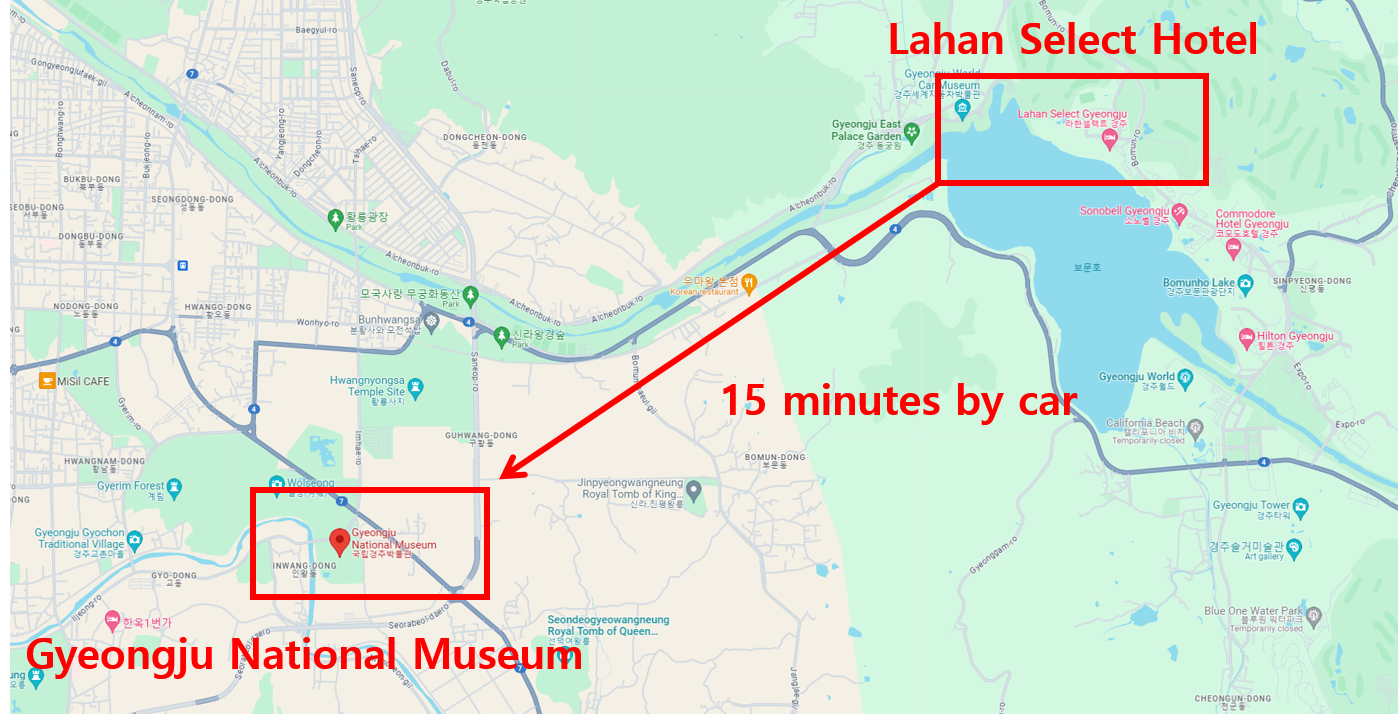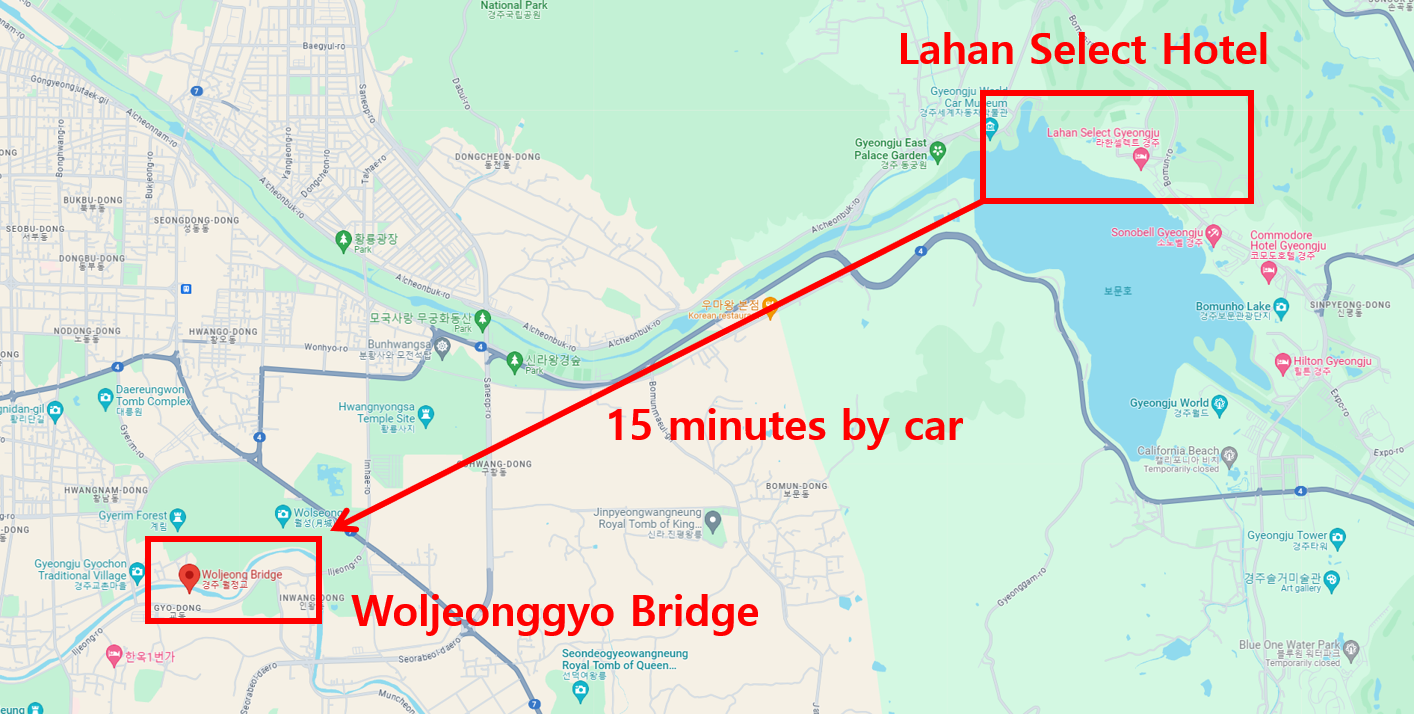About Gyeongju
Welcome to Korea
Gyeongju, boasting the oldest history in Korea, is a city adorned with numerous historical and cultural treasures. Approximately 2,000 years ago, three kingdoms—Goguryeo, Baekje, and Silla—coexisted on the Korean Peninsula. Among them, Silla established its capital in present-day Gyeongju (called Seorabeol). In 676 AD, Silla achieved the unification of the peninsula by triumphing over the other two kingdoms, Goguryeo and Baekje. Gyeongju served as the capital of Silla until its demise in 935 AD, preserving the splendid cultural heritage of that era. Many cultural treasures in Gyeongju have been remarkably well-preserved for over a millennium, with a substantial number, including Bulguksa Temple and Seokguram Grotto, listed as UNESCO World Heritage Sites. Simultaneously, Gyeongju is celebrated as a highly renowned tourist city, seamlessly blending ancient charm with contemporary culture.
Gyeongju's official website for tourism and travel infomation: https://www.gyeongju.go.kr/tour/eng/index.do
Bomun Lake (보문호: bo-moon-ho)
The workshop will be held at Lahan Select Hotel, conveniently situated near the stunning Bomun Lake. Scattered along the shores of Bomun Lake, you'll find several tourist spots, making it a great place for a casual stroll. It typically about 2 hours to complete a full lap. Here is some information about key attractions and walking distances from the workshop venue, Lahan Select Hotel.
Location:
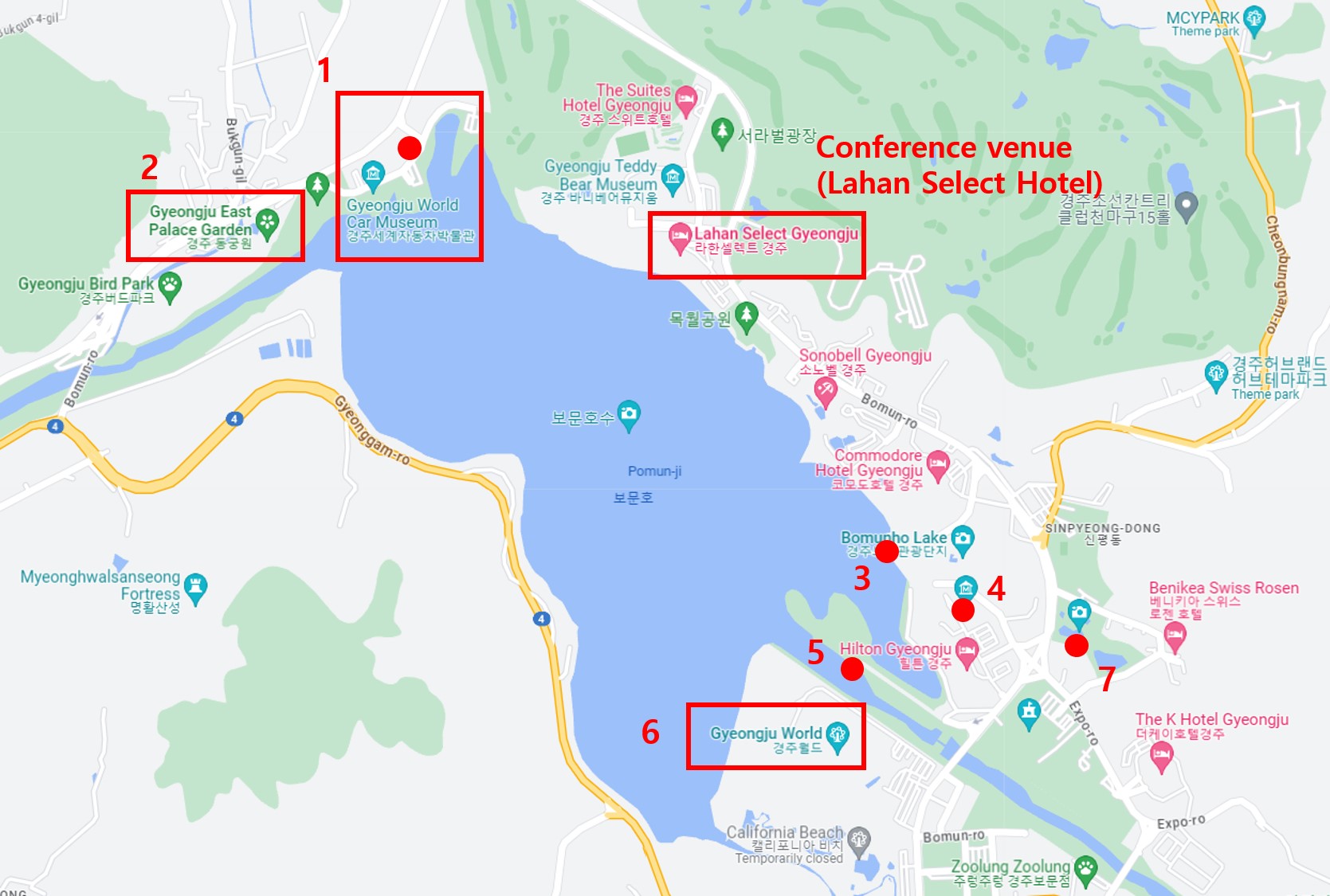
- Gyeongju world car museum & Bomun Colosseum (20 mins by walk)
- Gyeongju East Palace garden (25 mins.)
- Bomun square & Duck pedal boat dock (25 mins.)
- Wooyang museum of contemporary art (30 mins.)
- Bomun Hoban-gil (35 mins.)
- Gyeongju World - amusement park (40 mins. by walk, 5 mins. by car)
- Bomunjeong Pavilion (40 mins. by walk, 5 mins. by car)
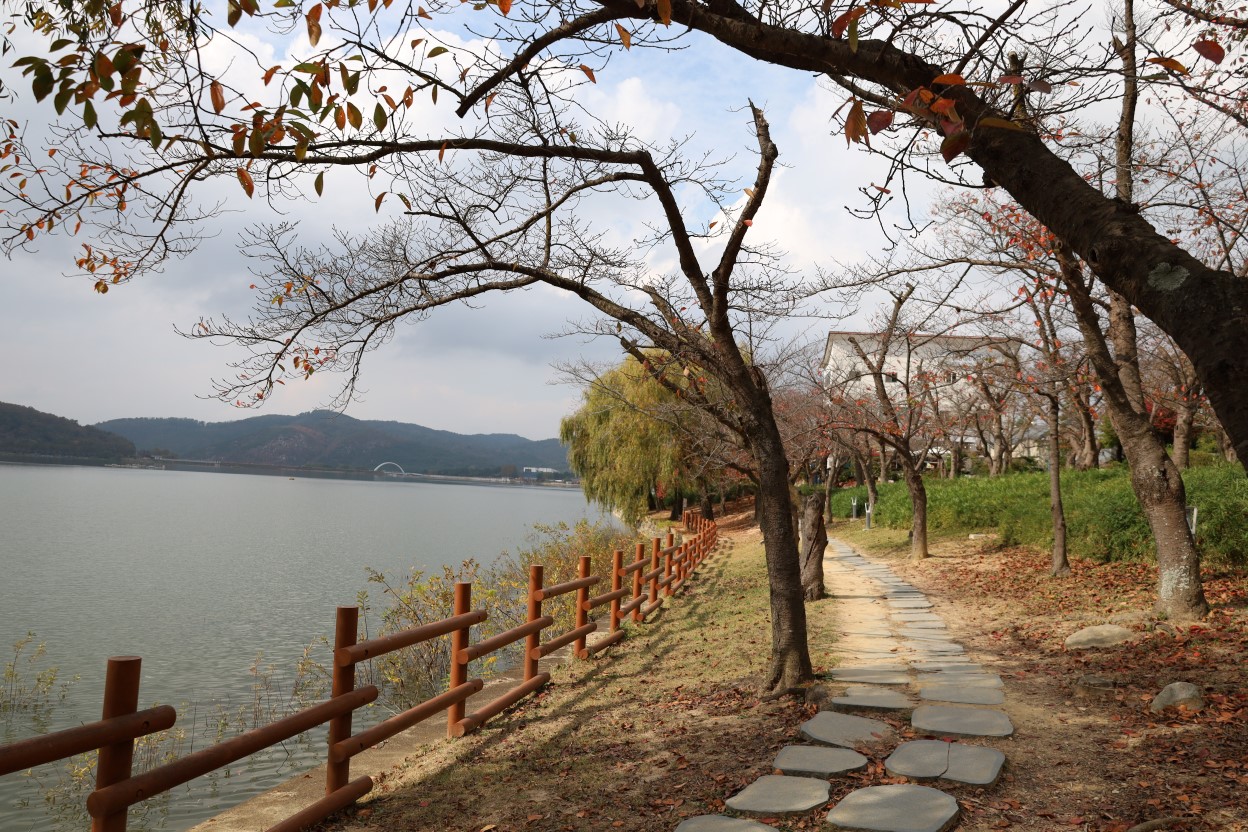
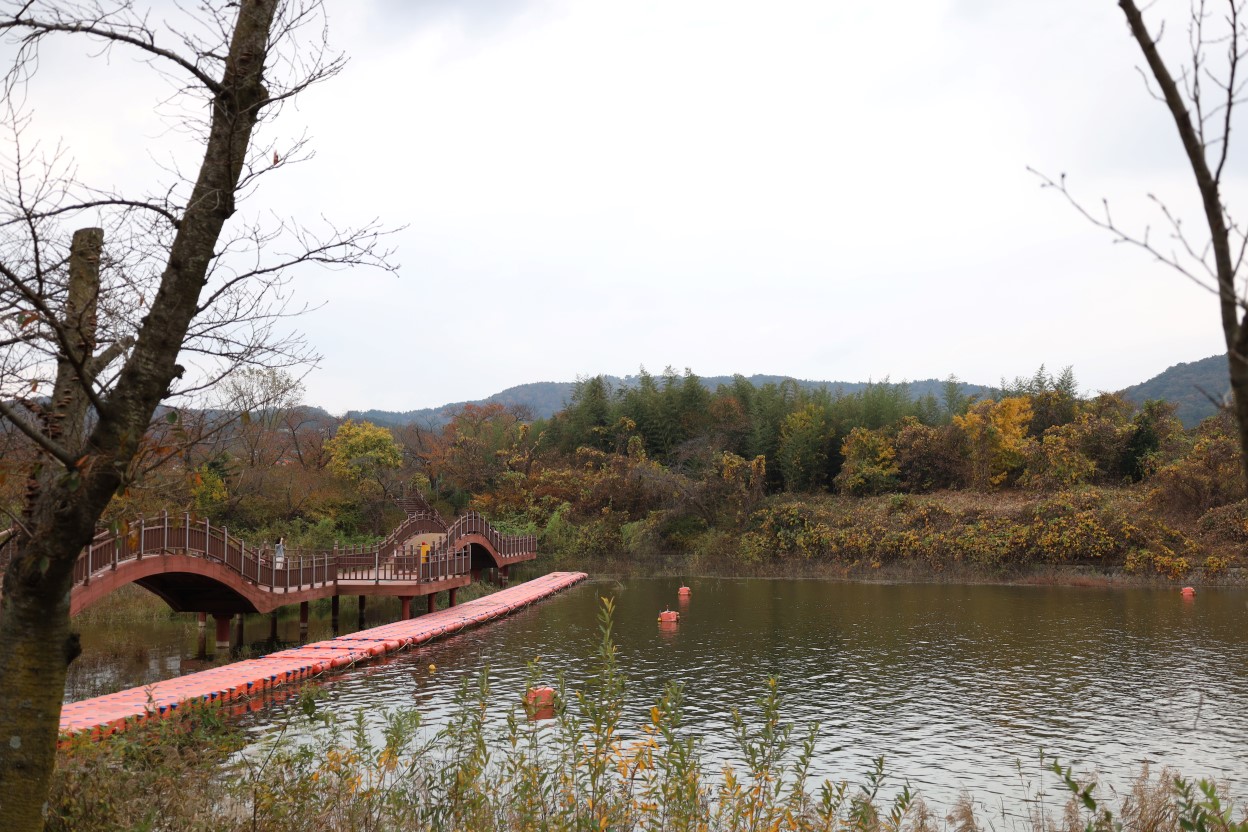
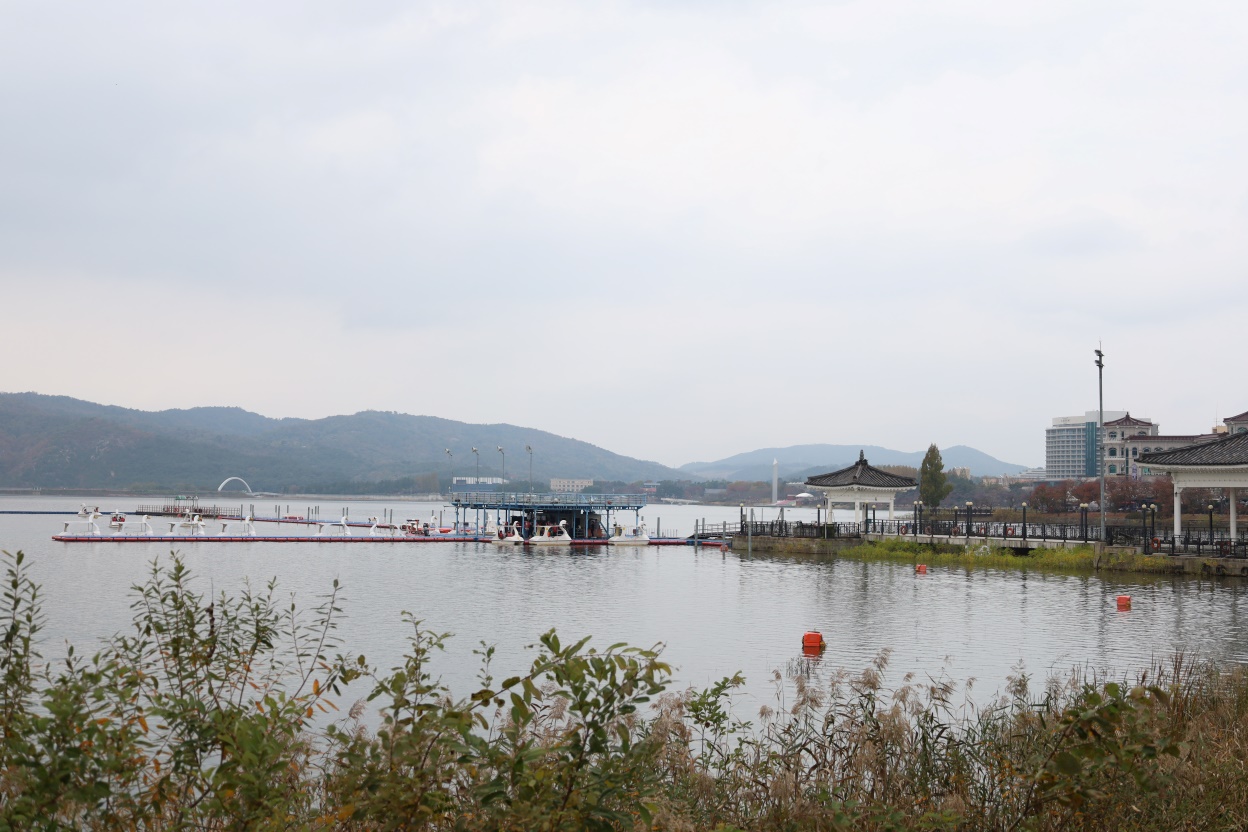
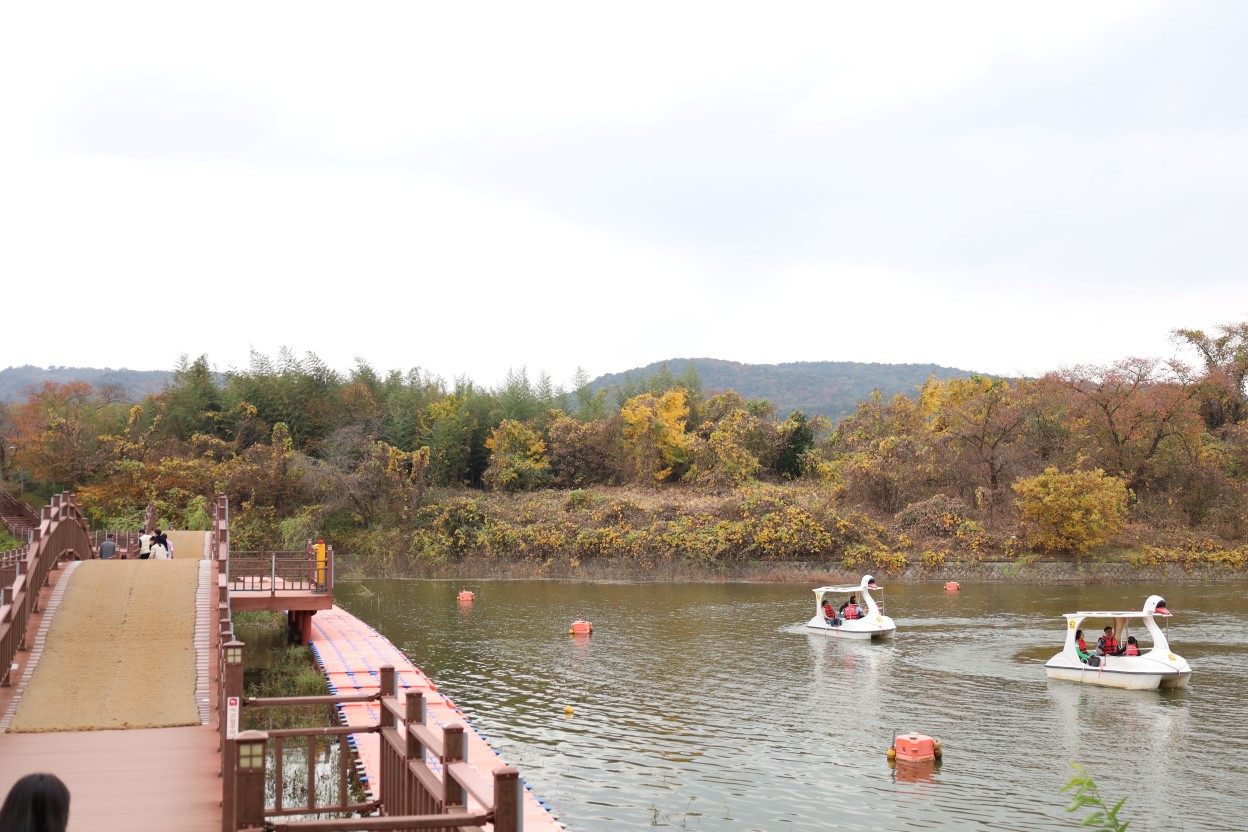
Bulguksa (불국사: bool-gook-sa)
Bulguksa is a Buddhist temple in Gyeongju, South Korea. It contains six National Treasures of Korea, including the Dabotap and Seokgatap stone pagodas, Cheongun-gyo (Blue Cloud Bridge), and two gilt bronze statues of Buddha. Bulguksa was added to the UNESCO World Heritage List in 1995. The entry is free, and you can enjoy the place until 6 p.m.
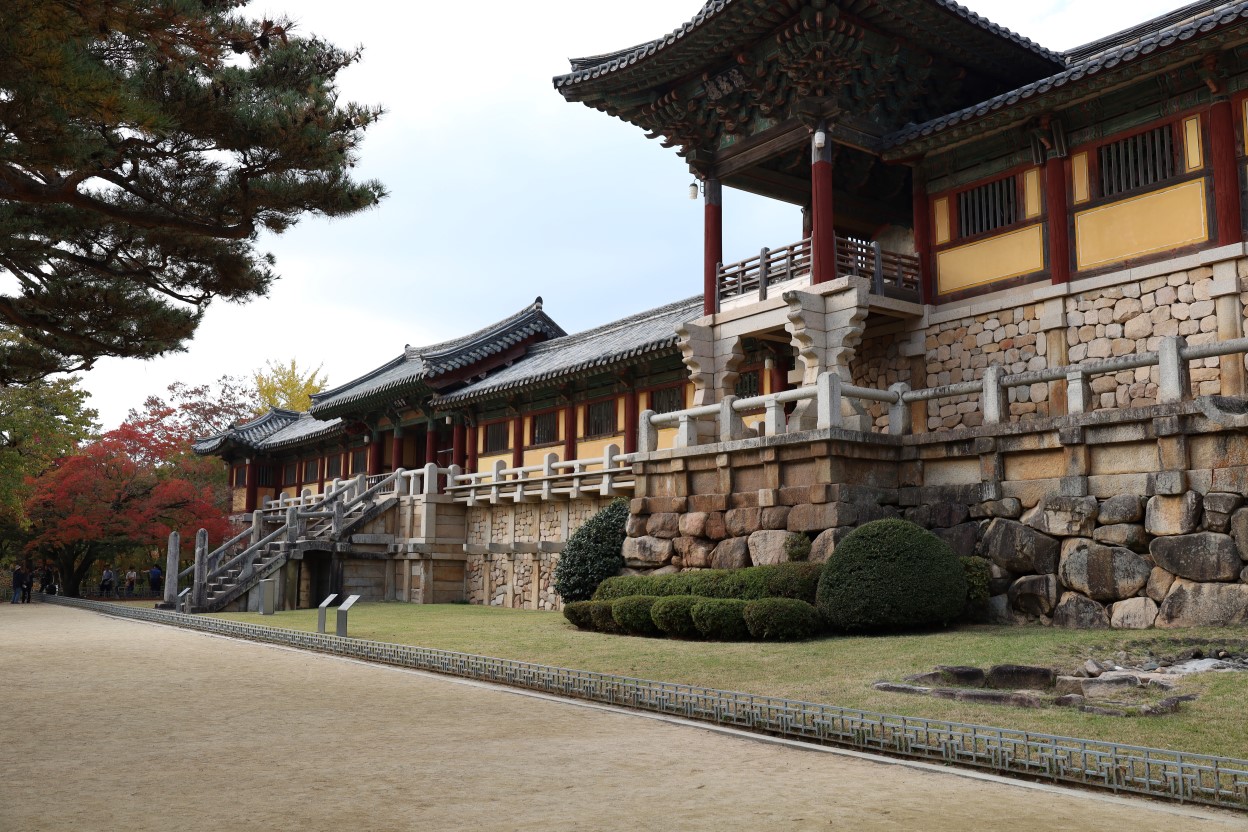
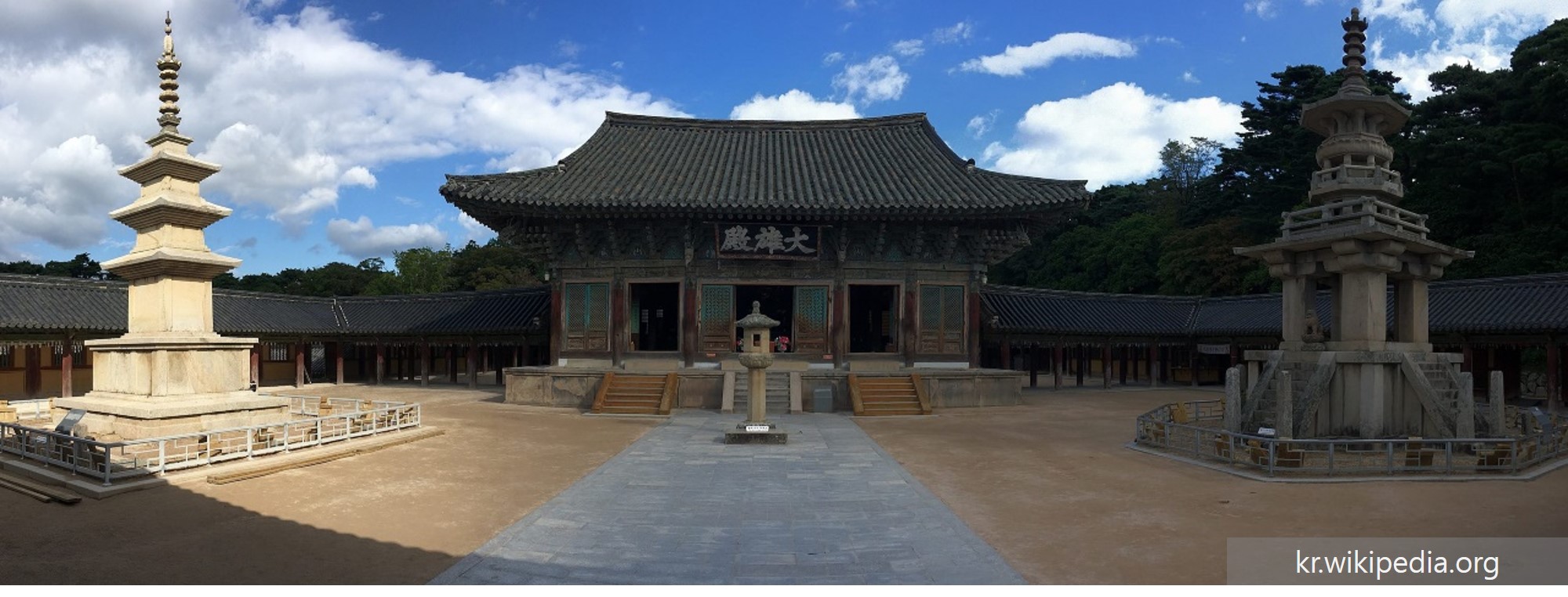
(Seokgatap and Dabotap in Bulguksa)
Location:
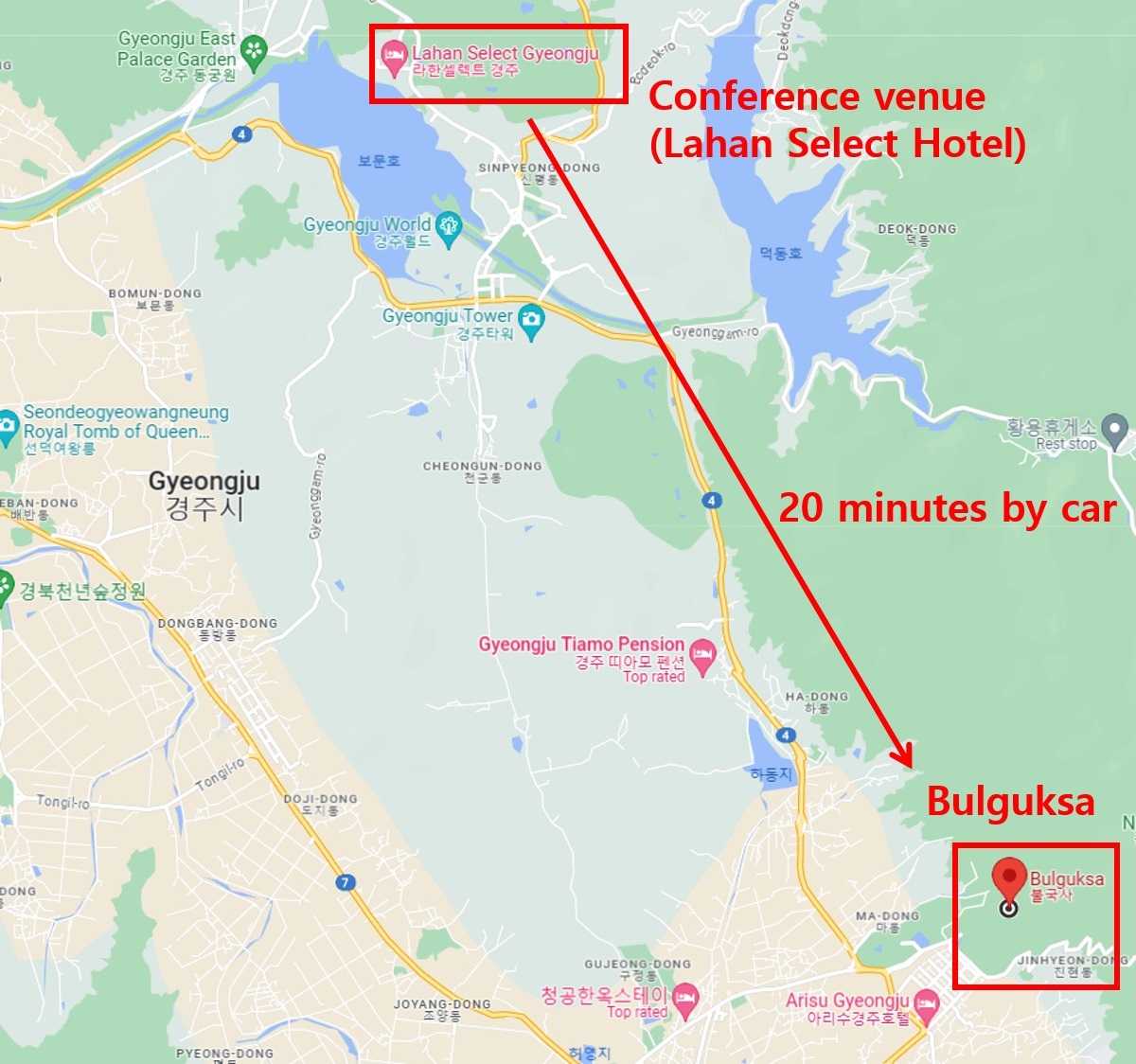
Details can be found in: http://eng.bulguksa.or.kr/
Seokguram Grotto (석굴암)
Perched on the mountain from Bulguksa temple, Seokguram is an artificially created space, resembling a cave, constructed using granite. In this space, stone-carved Buddha statue is placed. The name 'Seokguram' in Korean vividly describes the cultural relic: 'Seok (석)' signifies stone, 'Gur (굴)' represents cave, and 'Am (암)' refers to a Buddhist sanctuary. Structued as a domed cave with an adjoining rectangular space, Seokguram has been a testament to meticulous craftsmanship.
Due to its structural features, however, issues such as water leakage and humidity posed critical challenges to the preservation of this cultural heritage (particularly, the statue). Over several generations, maintenance efforts were undertaken. In the 1960s, under the guidance of a professor from the department of mechanical engineering of Seoul National University, a preservation method using air conditioning system to maintain humidity was implemented and continues to this day. However, to preserve humidity, a glass wall was installed between the Buddha statue and the corridor, restricting access beyond the glass (originially, all areas were accessible).
Like Bulguksa, Seokguram is designated a National Treasure of South Korea and is inscribed on the UNESCO World Heritage list. A 20-minute drive from Bulguksa, Seokguram is open for free public viewing until 6 pm. Please note that photography inside is prohibited.
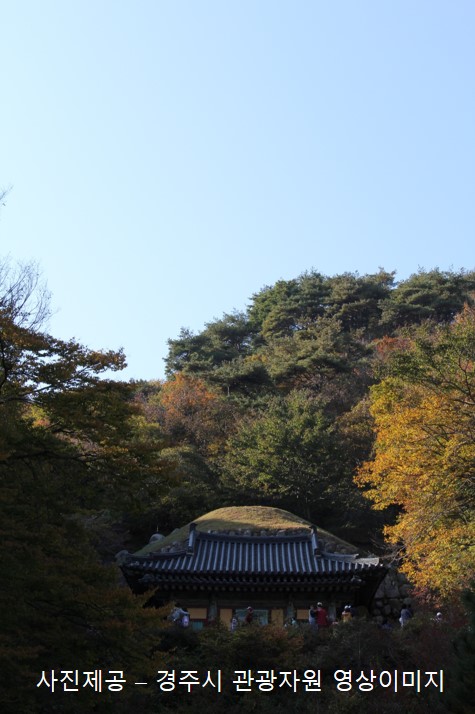
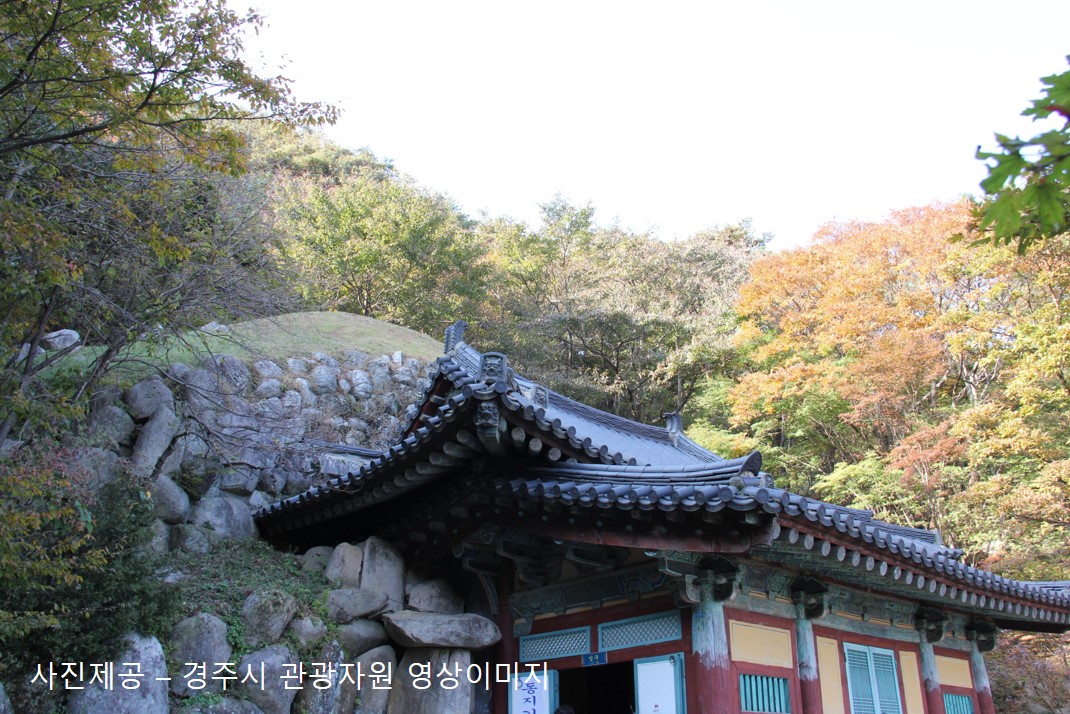
Location:
Hwangridan-gil (황-리-단-길: Hwang-ri-dan-gil)
Hwangridan-gil is a popular street in Gyeongju, with its concentration of traditional Hanok-style coffee shops, bakeries and restauratns, even you can see the Hanok-style Starbucks. It's well-regarded as a must-visit destination, providing the opportunity to explore nearby historical attractions like Cheomesongdae and Daereungwon.
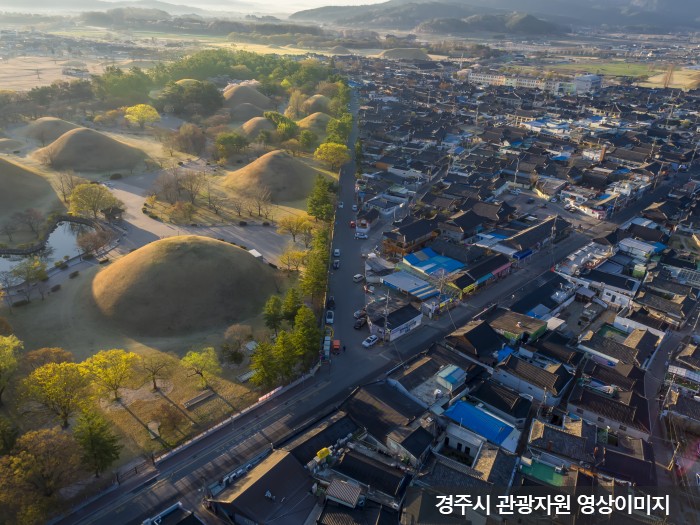
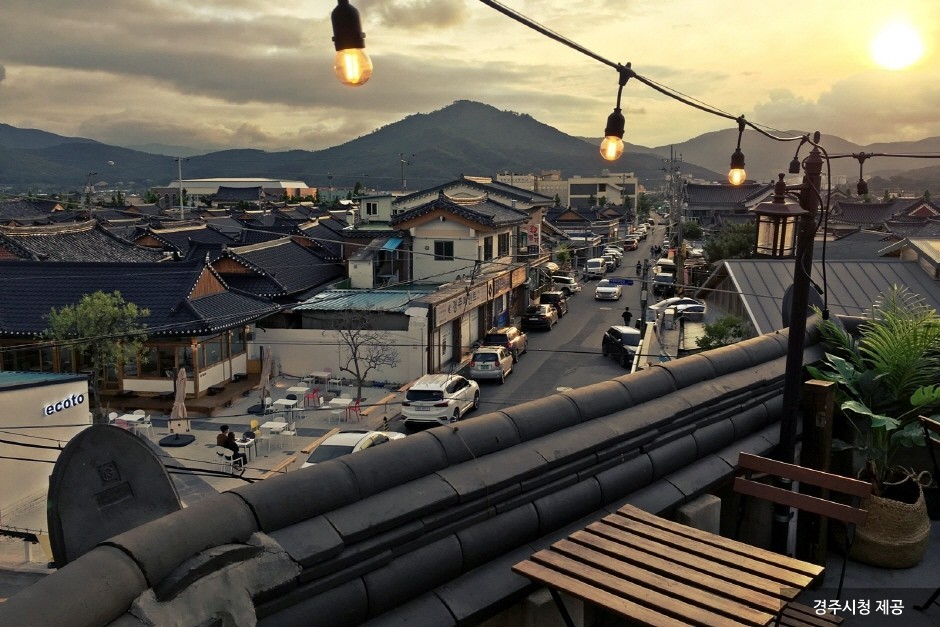
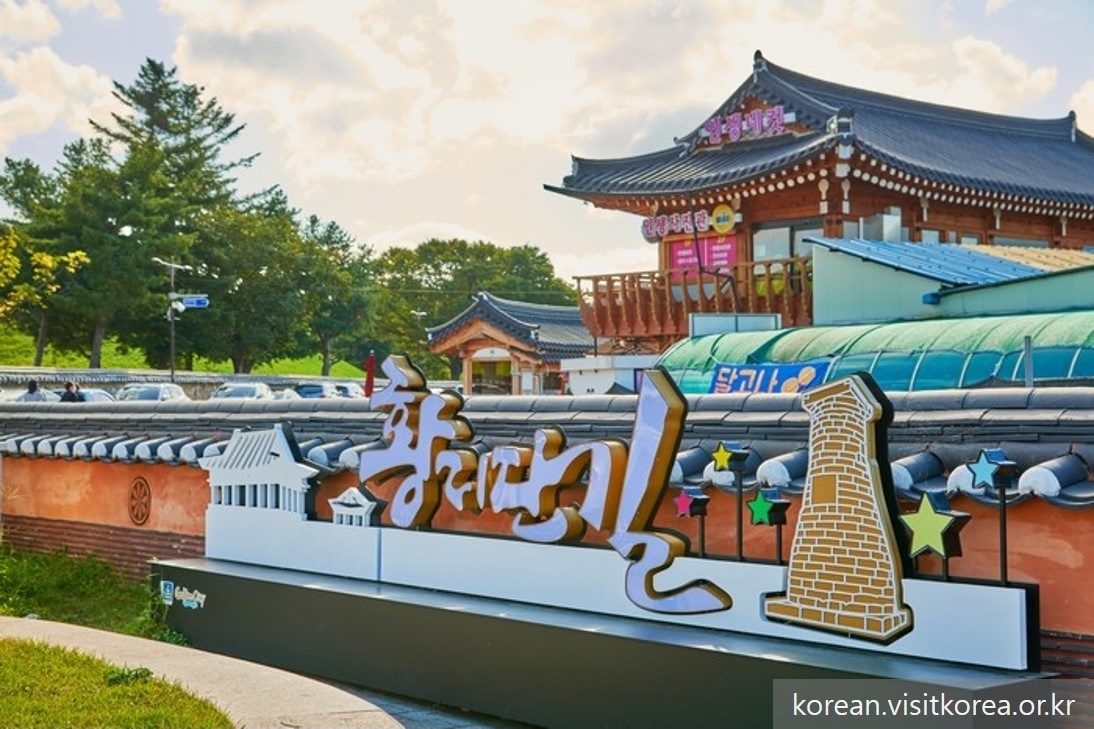
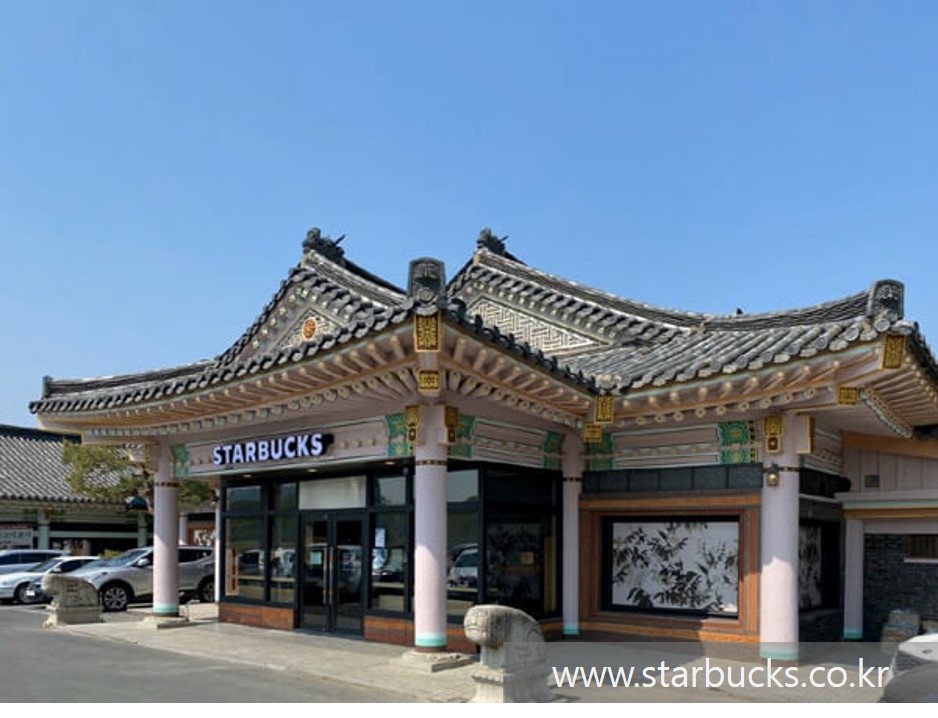
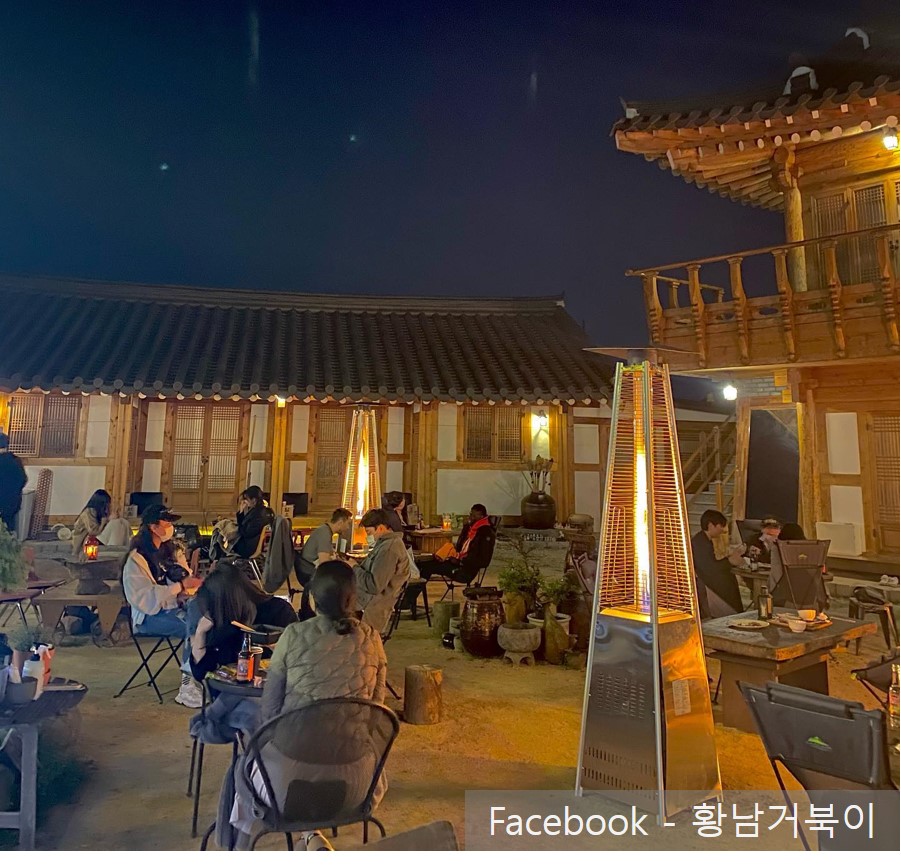
Location:
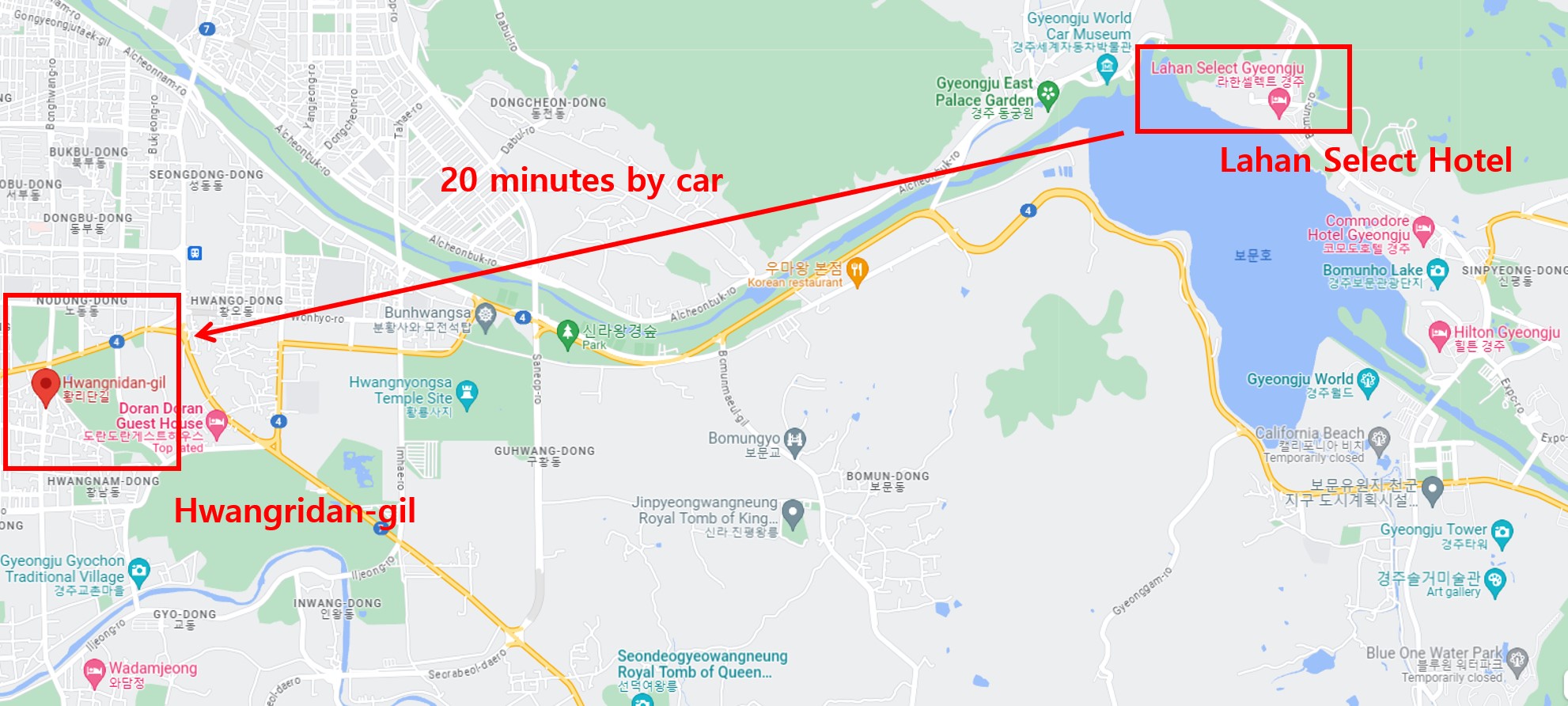
Donggung Palace and Wolji Pond (동궁 그리고 월지)
The Donggung Palace and Wolji Pond, featured on the workshop poster, was once the royal residence of a prince during the Silla kingdom. In the era of Silla, there were numerous buildings, but with the collapse of the kingdom, many structures were lost. Presently, only three buildings have been metriculously resotred. Surrounding Donggung is an artificial pond known as Wolji. Historical records suggest that this pond was adorned with various flowers, and served as a habitat for diverse wildlife. Archaeological findings indicate that during the Silla era, people enjoyed boating on this pond. Furthermore, Donggung and Wolji served as a venue for various national events in Silla times.
Today, it stands as one of the most picturesque spots in Korea, offering breathtaking views, particularly at night. Admission is charged (3000 KRW ~ 2.2 USD), and visitors are welcome until 22:00 (last entry at 21:30), making it a must-visit destination in Gyeongju.
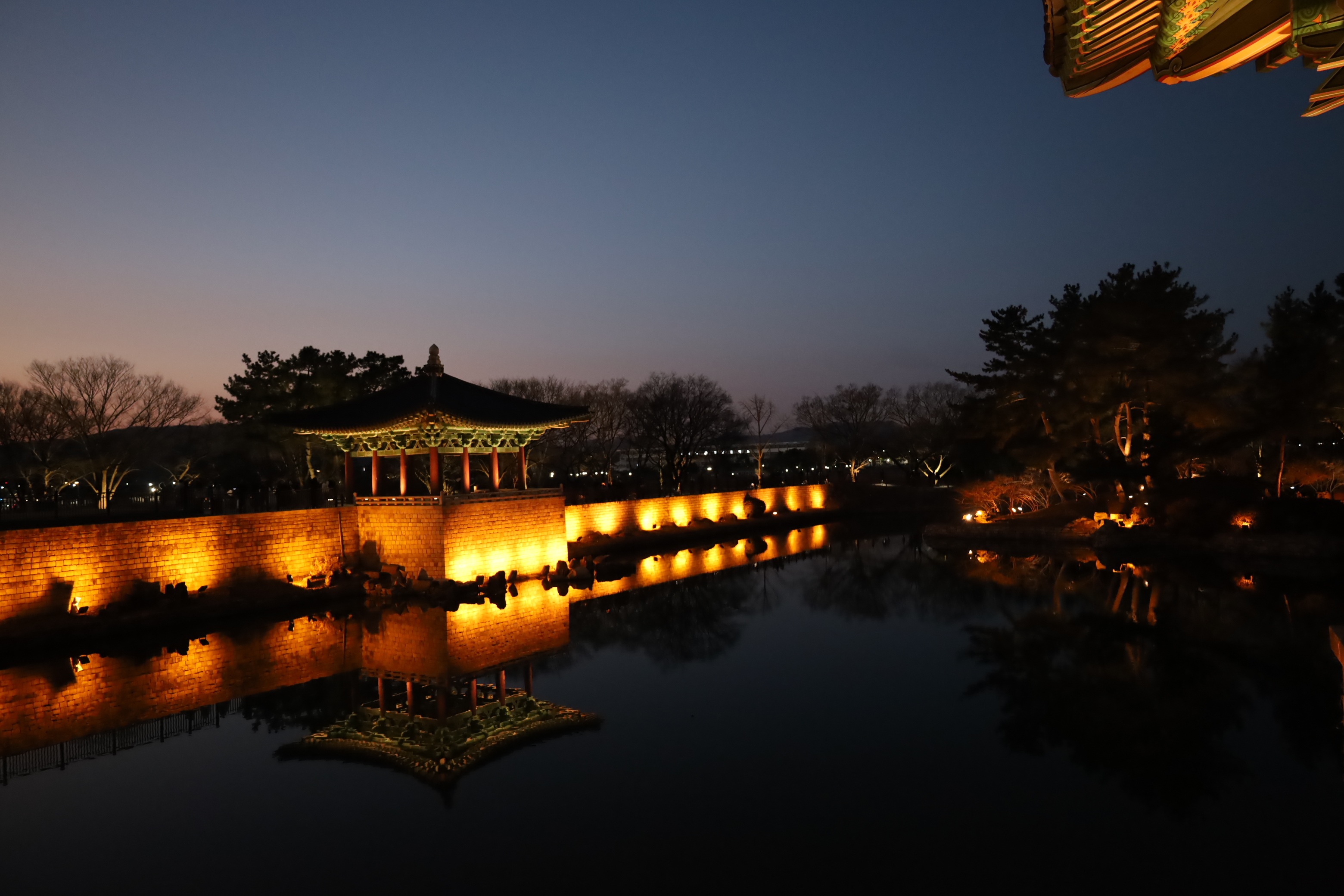
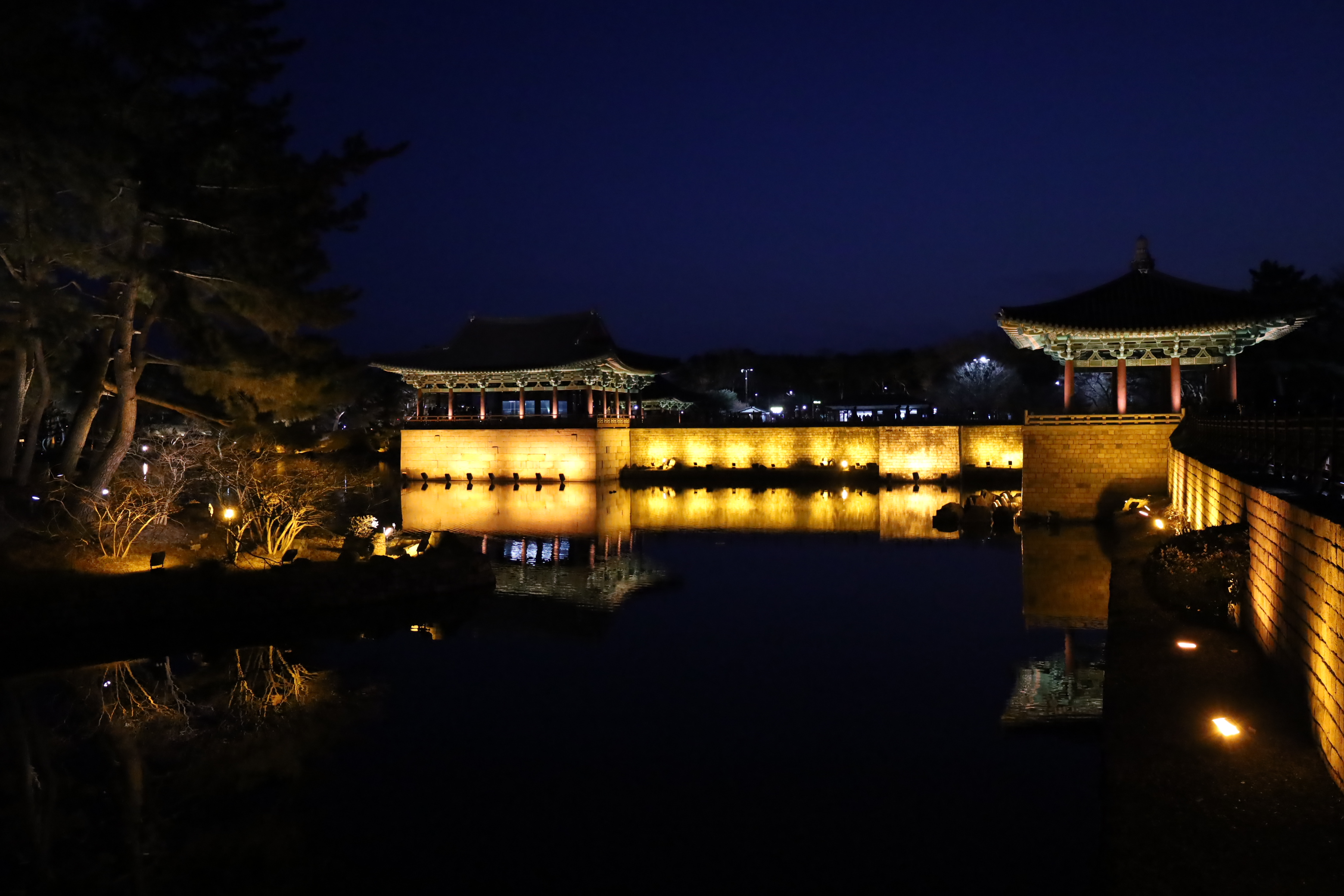
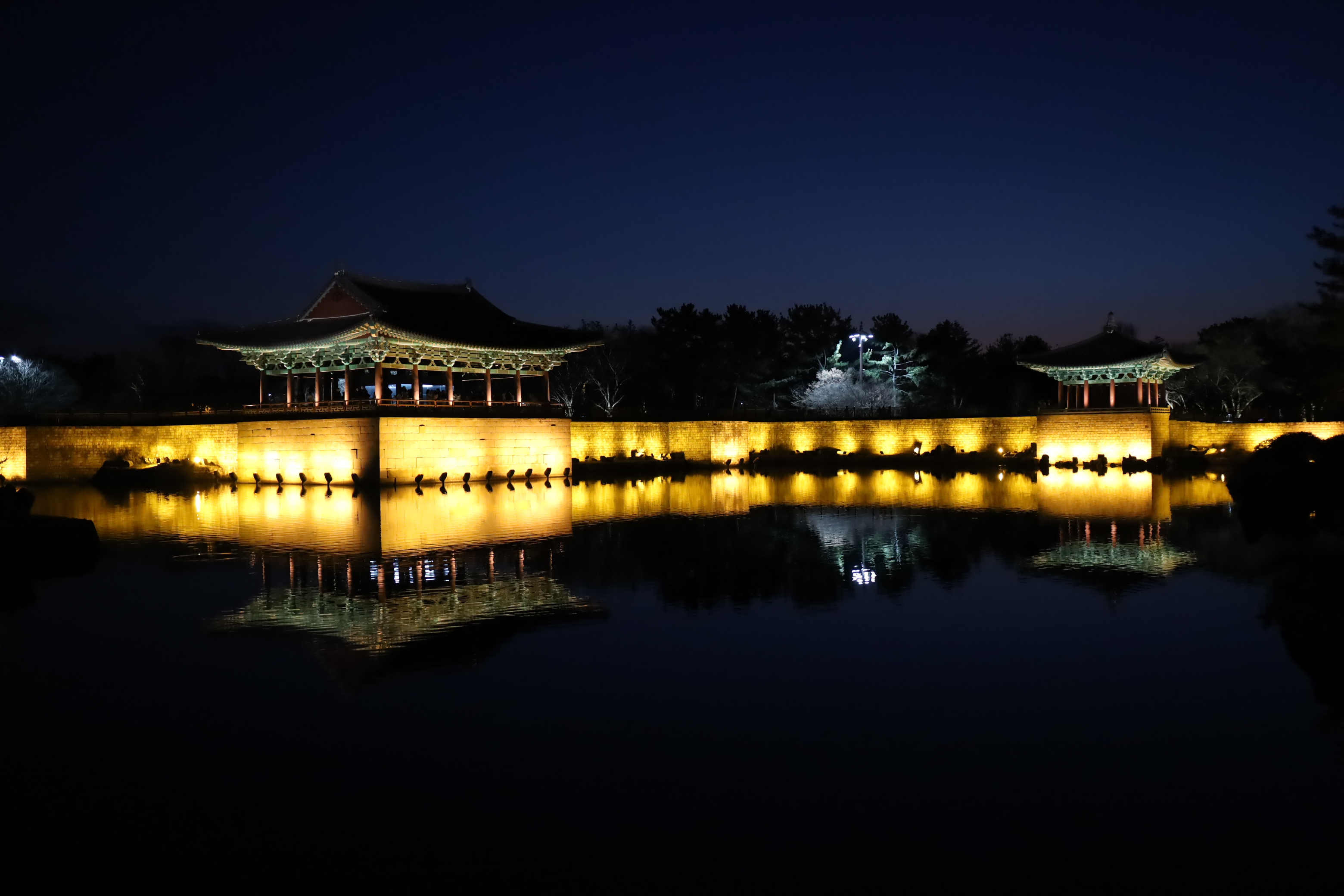
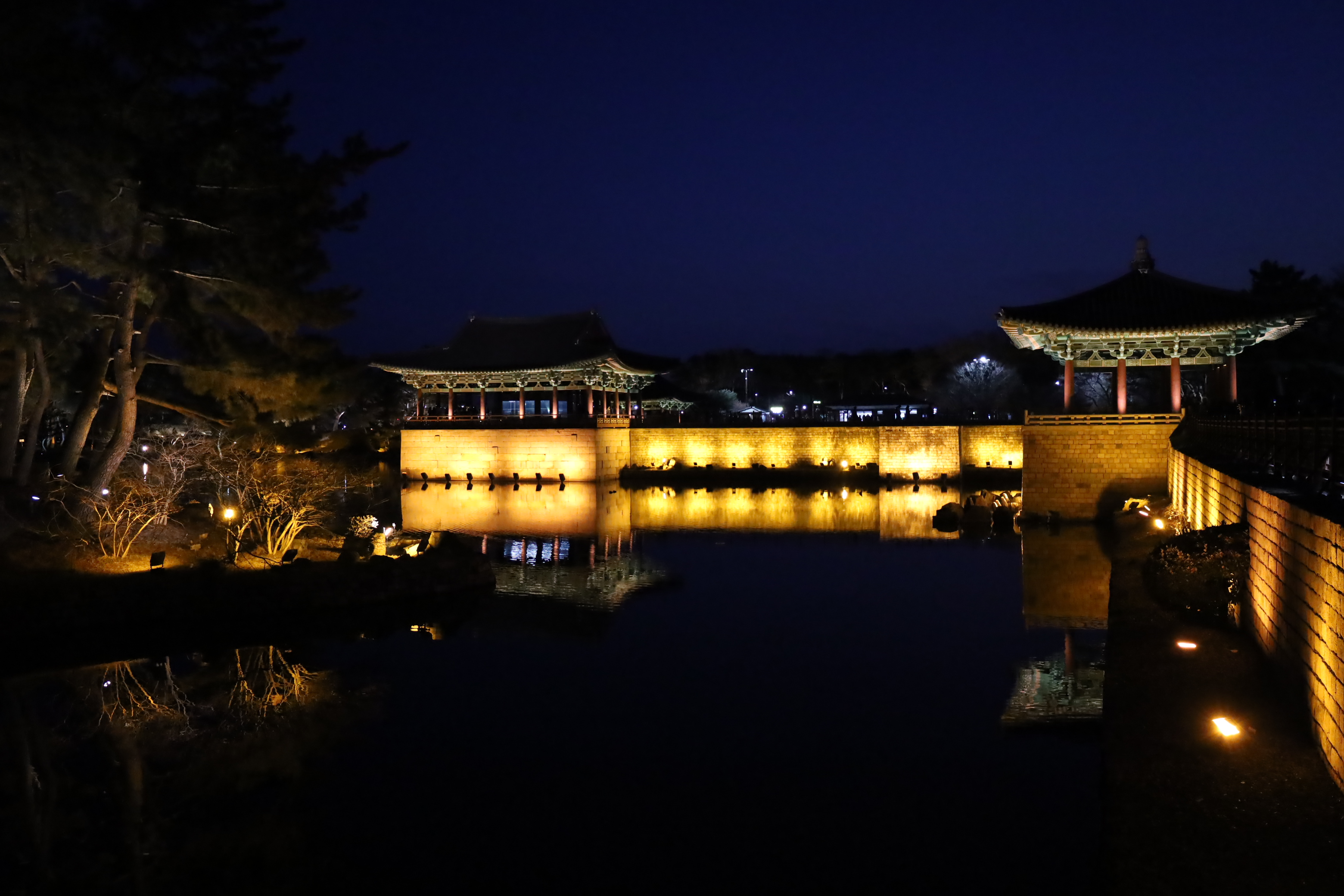
Gyeongju National Museum
Gyeongju is a city that impeccably preserves artifacts from the Silla Dynasty, showcasing an array of remarkably well-preserved relics. Among them are numerous gold accessories that were likely used by nobility and kings. The Gyeongju National Museum features a permanent exhibition of a gold crown, presumed to have been worn by a king of Silla, and a golden sword (The Gyerim-ro Dagger and Sheath), hinting at cultural exchanges between Silla and the Western world.
Outdoors, a colossal bell measuring 3.75 meters in height, 2.27 meters in diameter, and weighing 18.9 tons is on display. Crafted to symbolize the virture of a king of Silla, this bell, exhibited until closing time, emits its melodic chime through speakers every 20 minutes. Explore the richness of Silla history and culture at the Gyeongju National Museum, where the legacy of kings and the echoes of the past come to life.
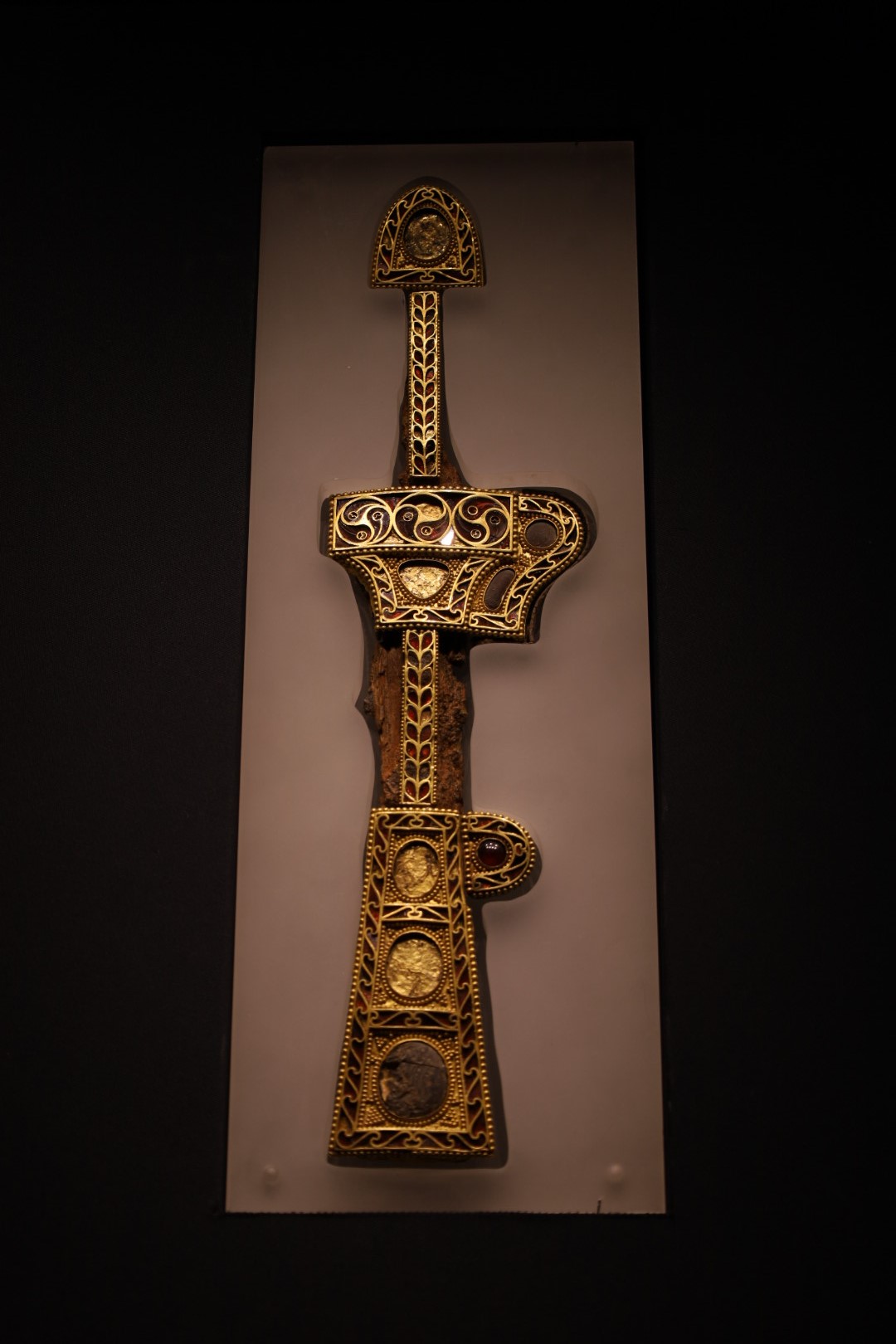
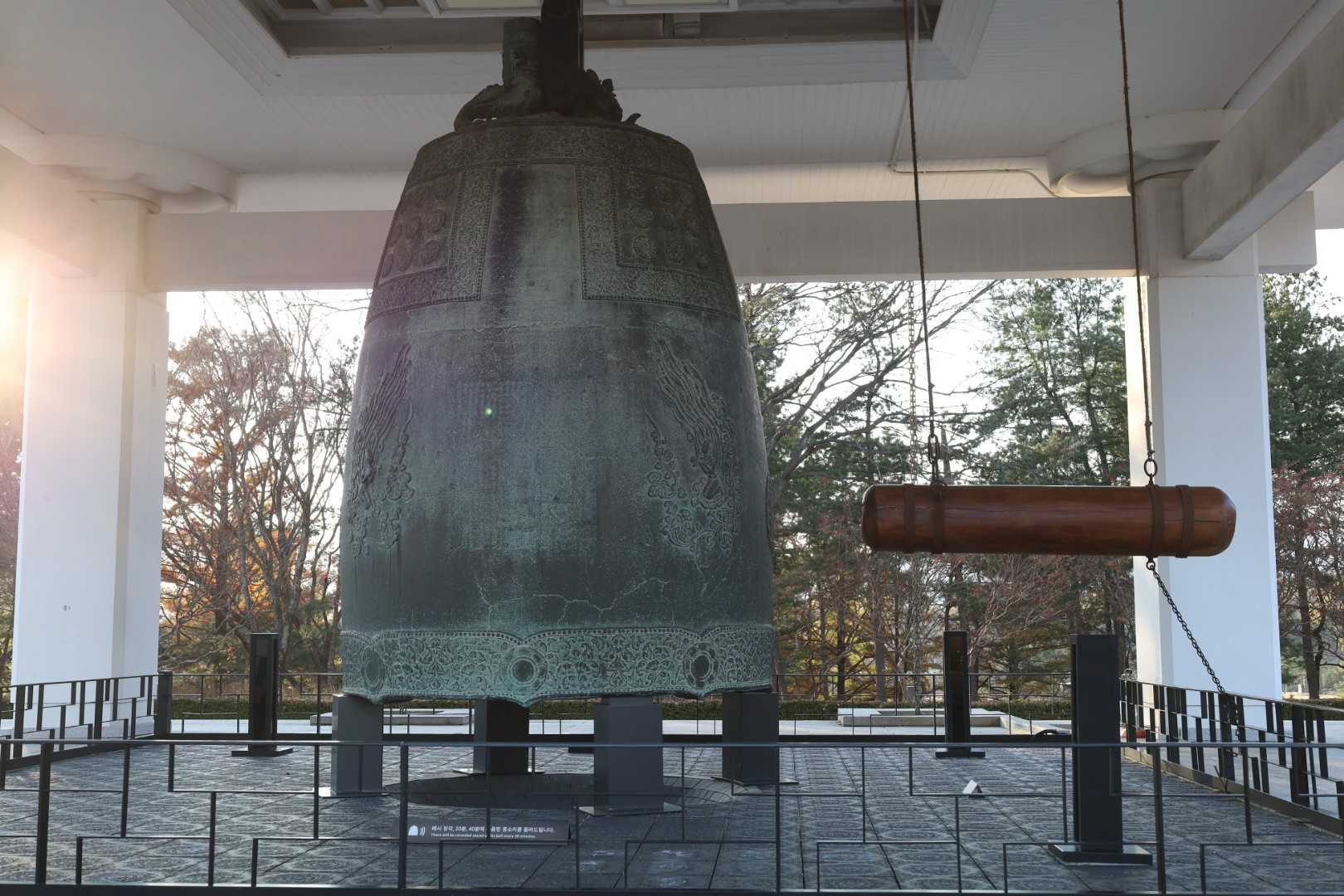
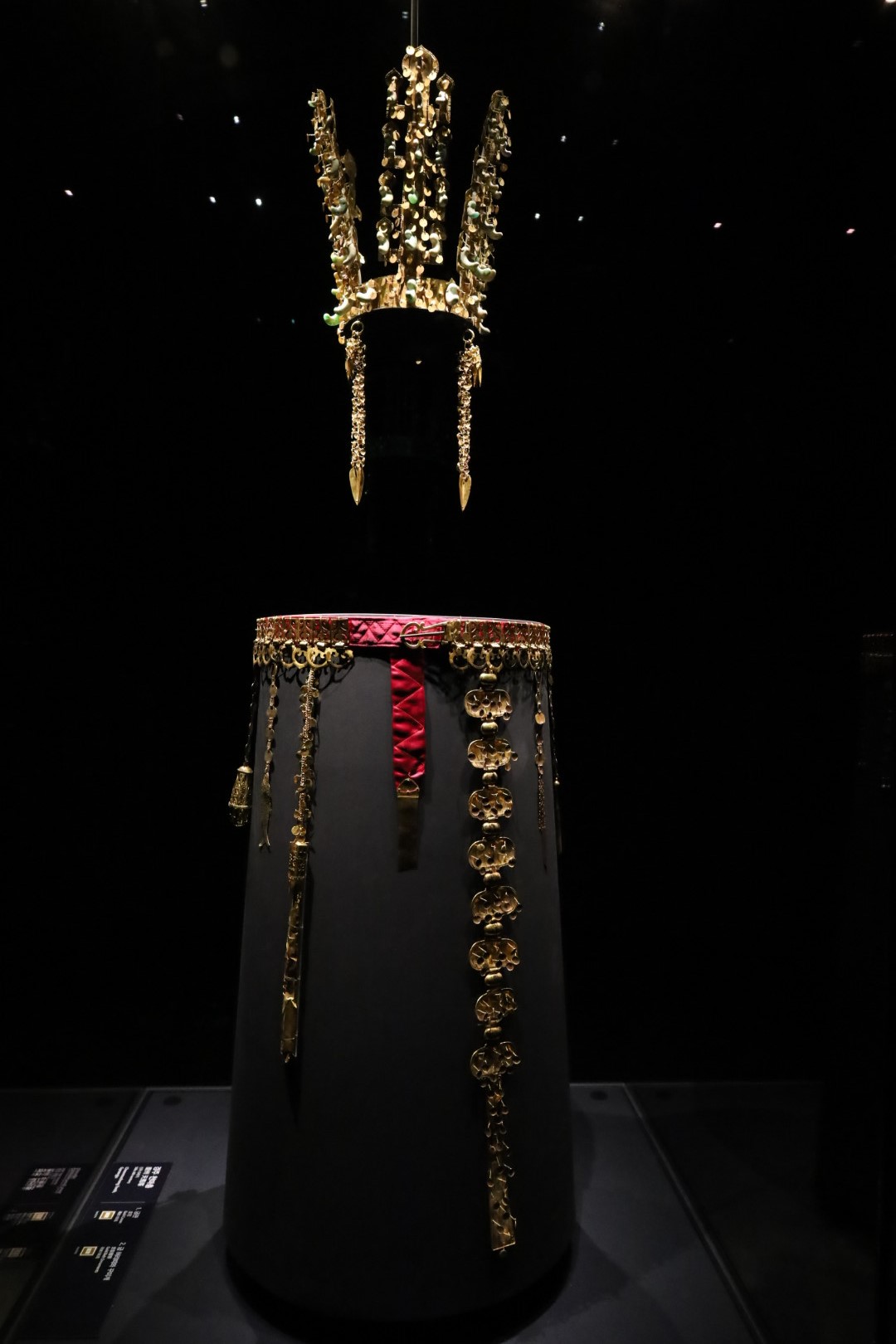
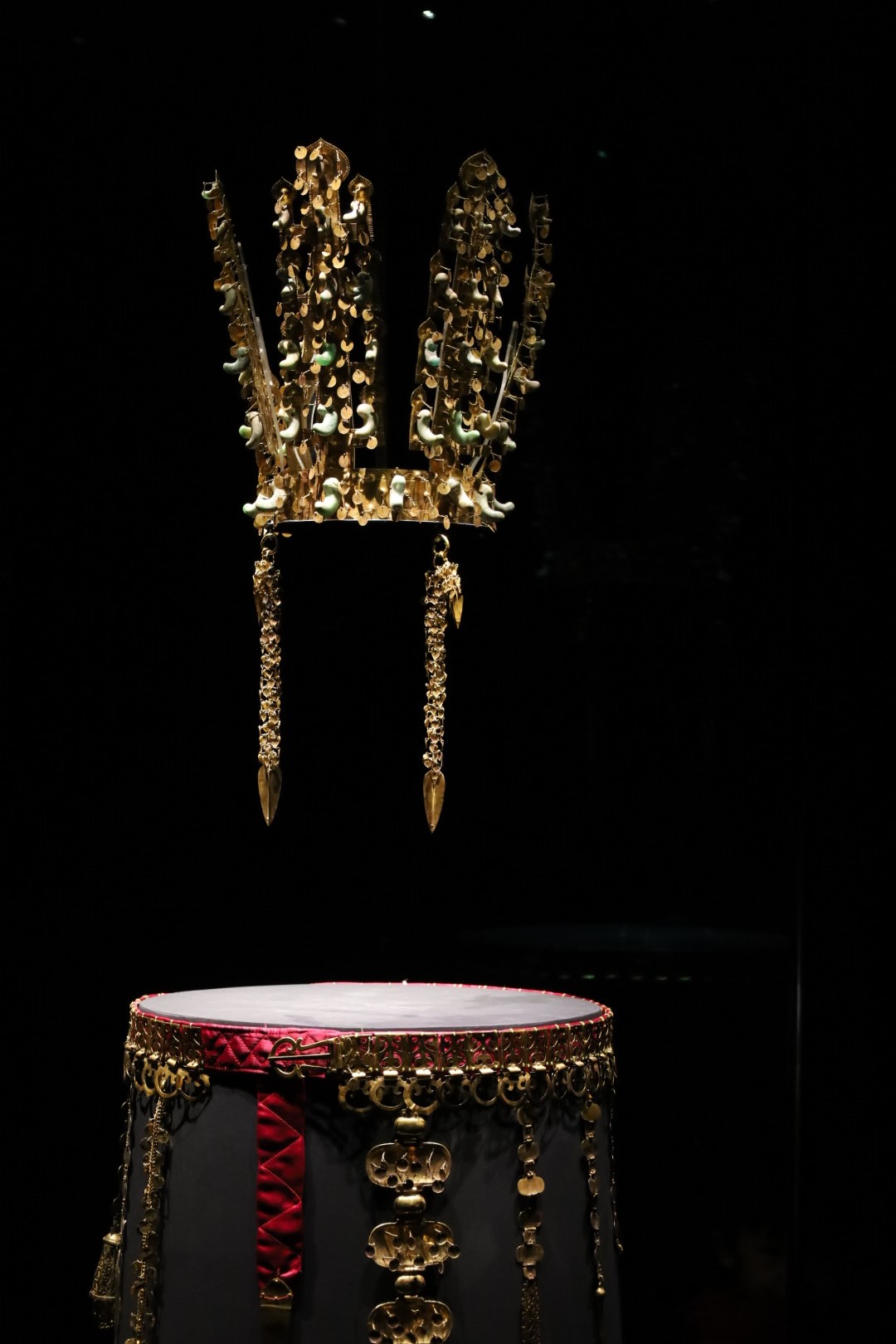
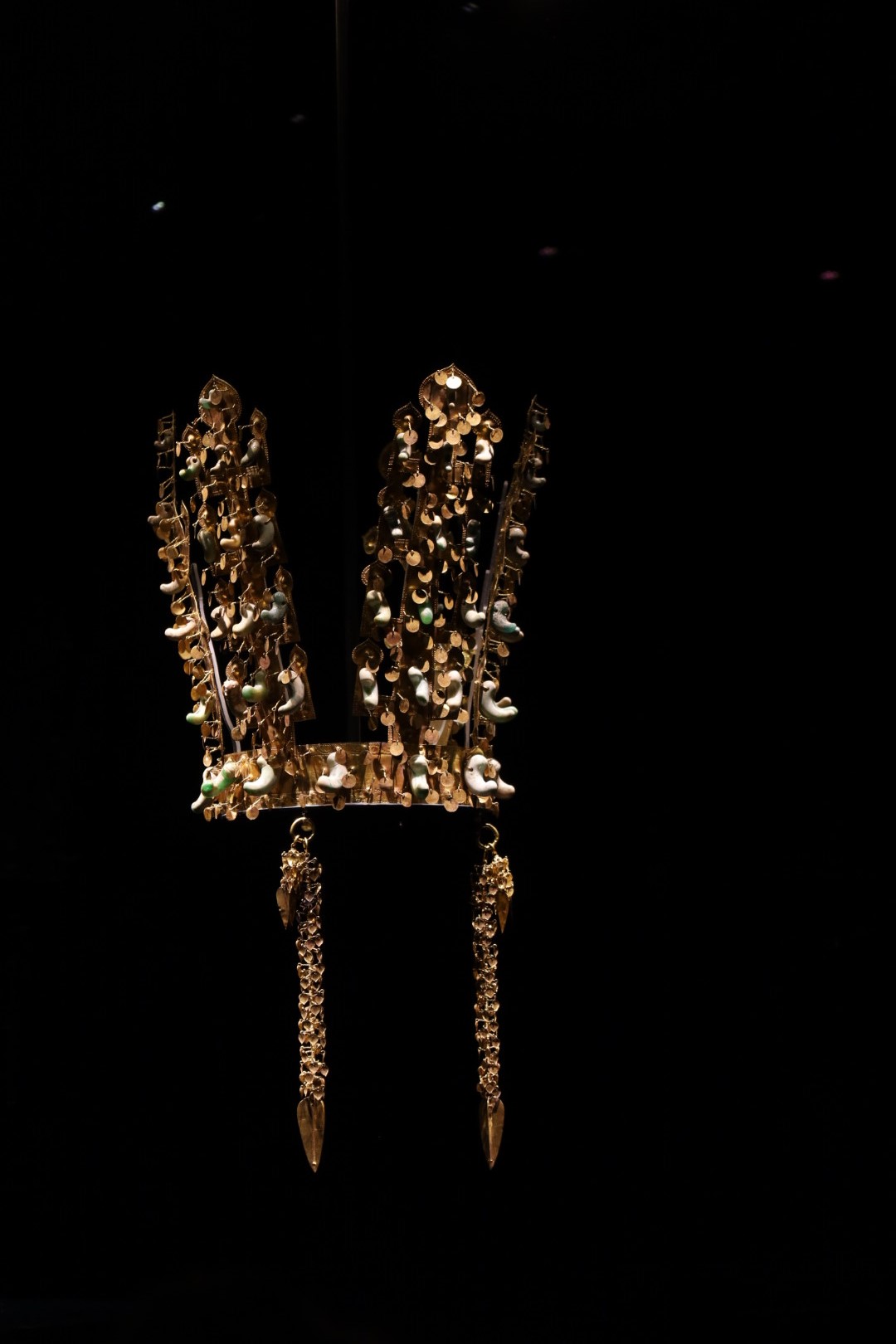
Location:
Woljeonggyo Bridge (월-정-교: Wol-Jung-Gyo)
Once a royal pathway connecting palaces during the Silla Dynasty, Woljeonggyo Bridge was the route kings traversed to move between locations. Although it stood intact even during the 13th-century Mongol invasion to Korea, it unfortundately succumbed to fire and collapse at some point.
From 2007 to 2017, extensive restoration efforts were undertaken, resulting in the completion of the restored Woljeonggyo Bridge. Now open for public viewing, the bridge offers a captivating experience, expecially in the eveing when the beautiful night scenery unfolds. On moonlit nights, the bridge presents an even more enchanting spectacle, as the Korean word 'Wol' translates to 'moon'. Easily accessible with a 20-minute walk from Hwangridan-gil, Woljeonggyo Bridge invites you to witness the historical charm and captivating night views.
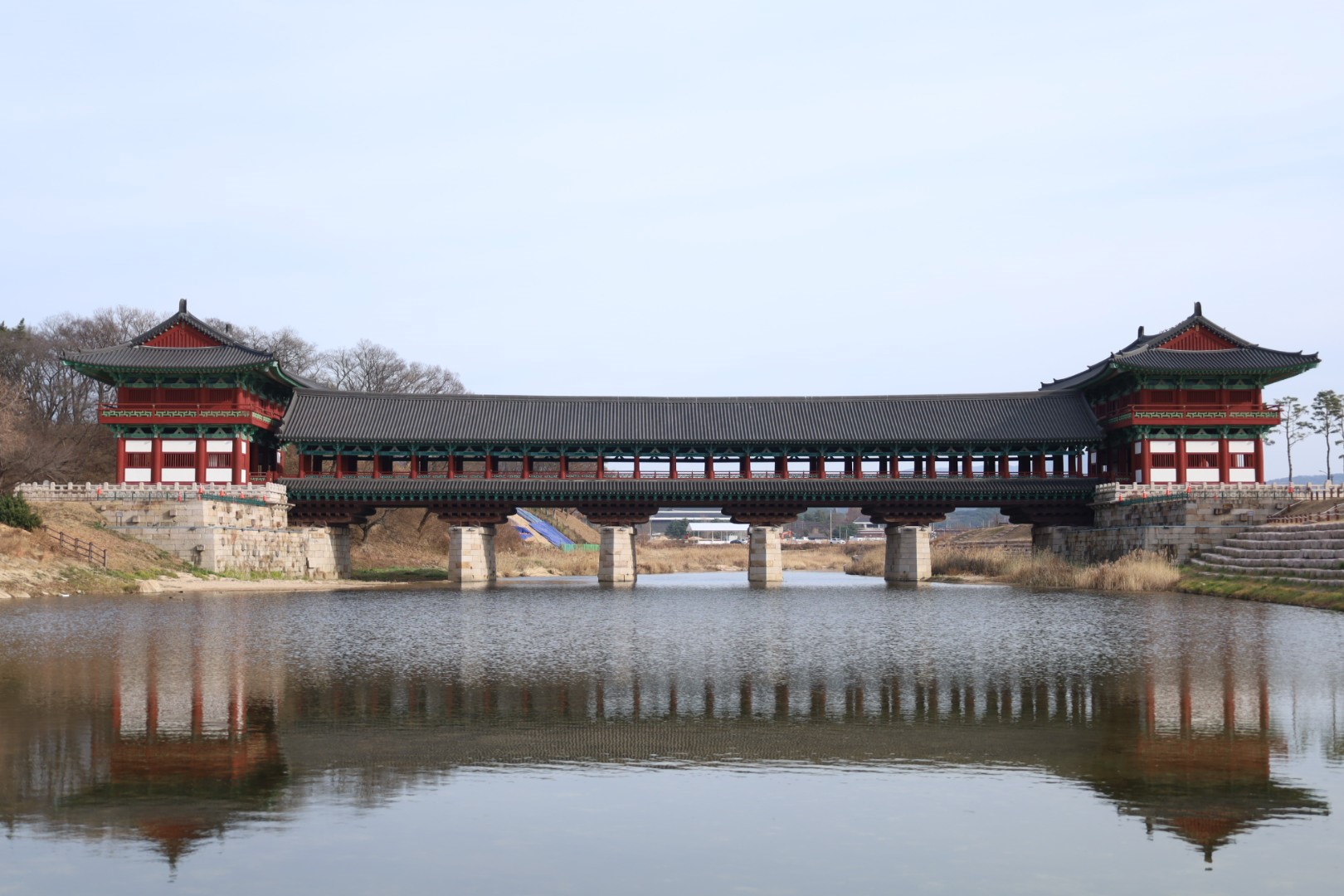
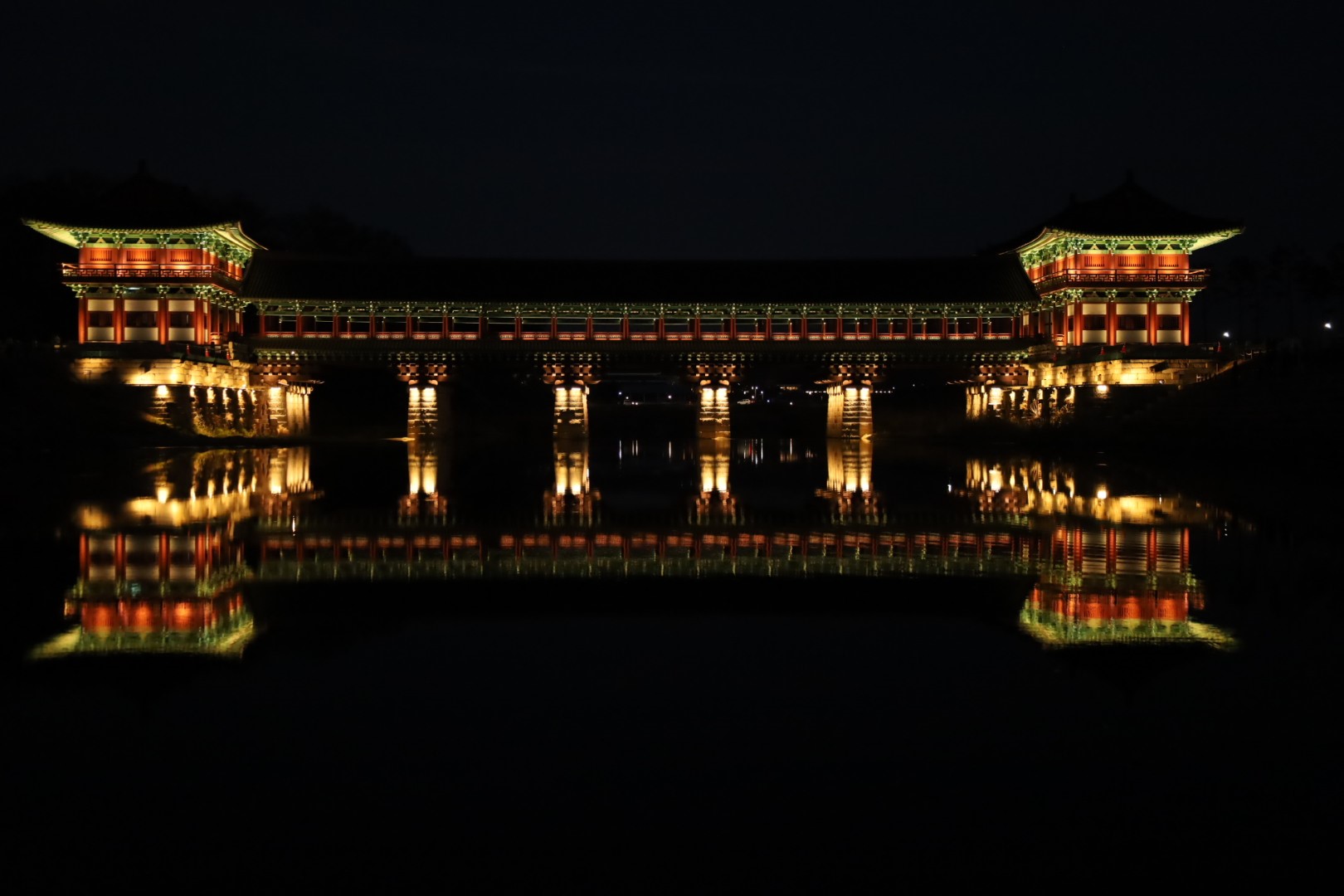
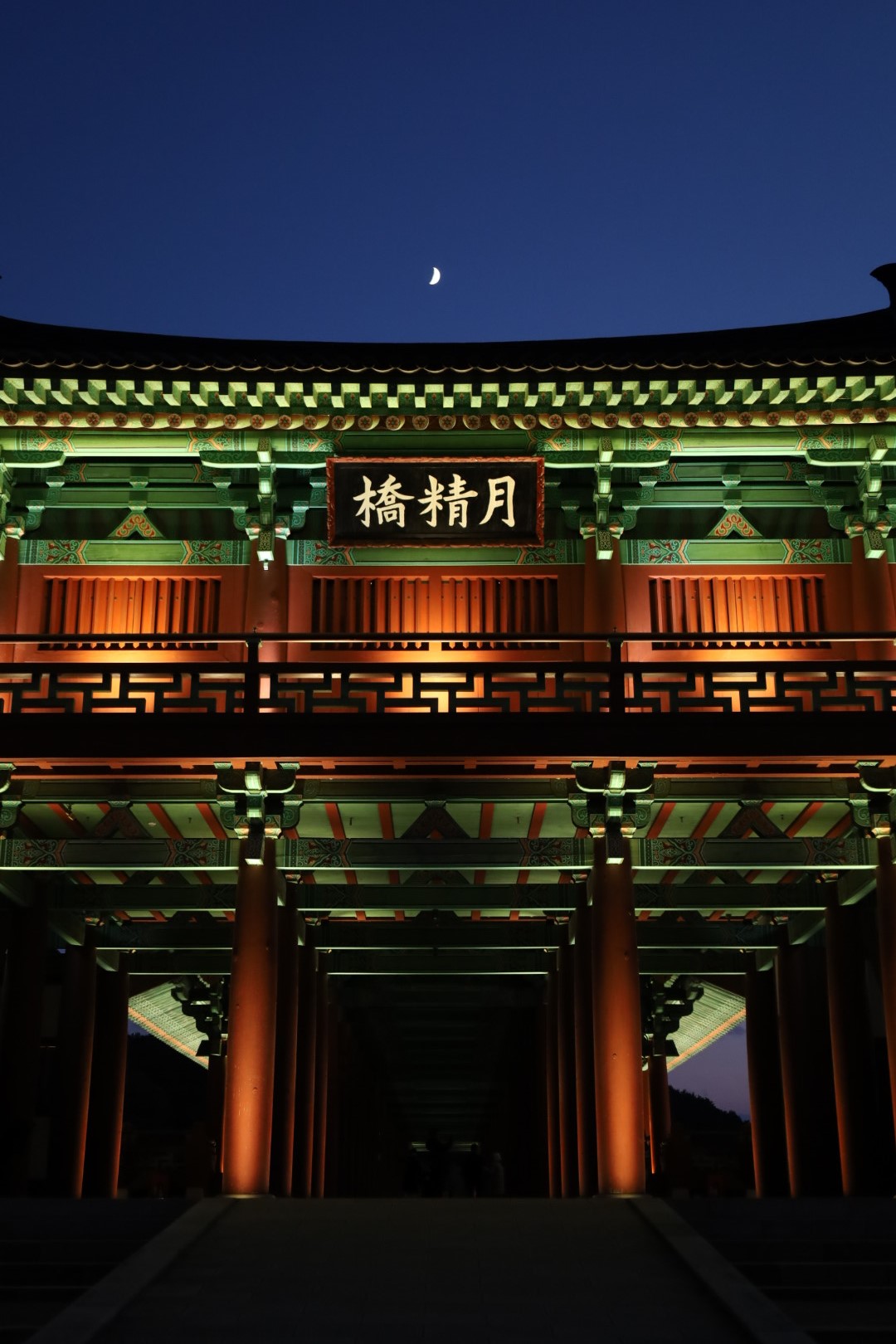
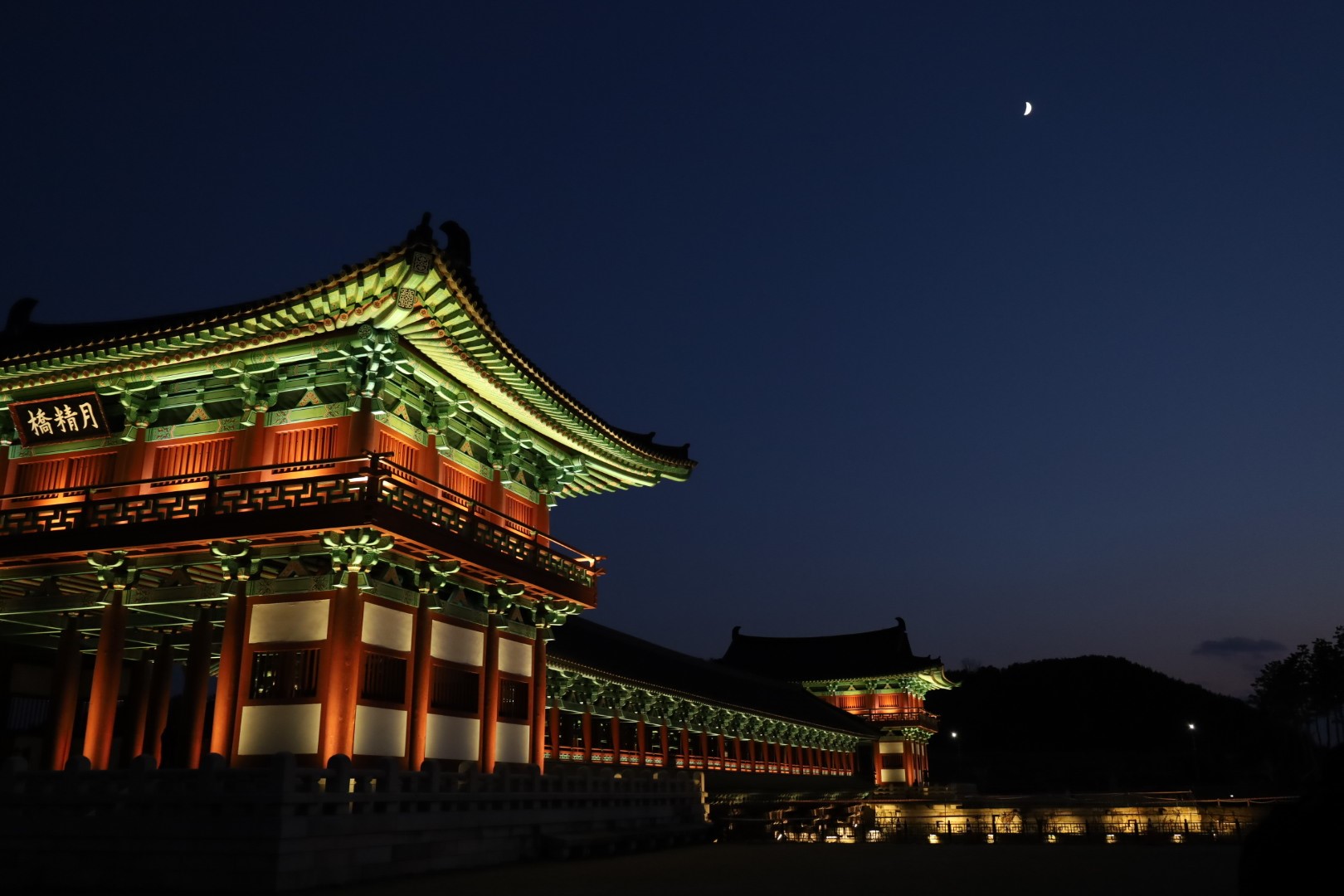
Location:
Trip in Seoul
For anyone who want to travel in Seoul, please find the detailed information in: https://english.visitseoul.net/index
